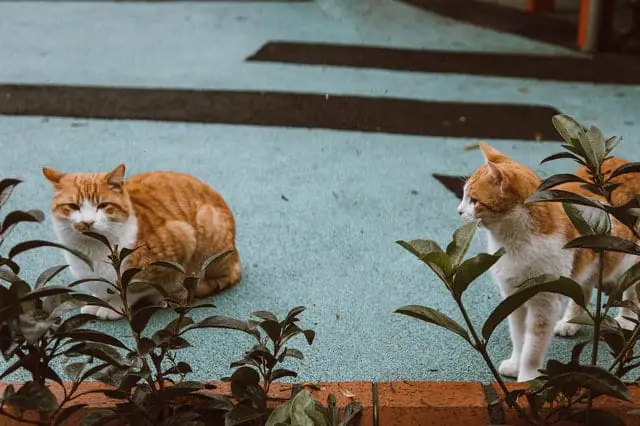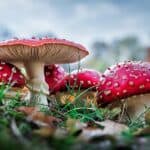
Poisonous plants for cats: what they are and how to recognize them
The cat, as we know, is a very curious animal: it has the instinct of an explorer, ready to discover every corner of the house and to chase everything that moves in its path. Among its interests there are also flowers and plants, with their smells and colors to attract him. Some plants are poisonous to the cat, and it is good not to have them in the house, or put them in a place inaccessible to them. Let’s see together what plants it is!
Stay away from jasmine
This beautiful plant, belonging to the Oleaceae family, often colors the gardens and balconies of our homes with its bright tones. However, it is important to know that jasmine falls within the category of plants poisonous to the cat.
In fact, if the cat were to ingest it, it could develop a series of ailments. Why should the cat eat a plant? This is a frequent behavior among apartment felines, which do not have free access to grass.
Symptoms of jasmine poisoning are: coordination and vision disorders, dry mouth, dysphagia and muscle weakness. Not only that: among the most serious symptoms also include respiratory failure and convulsions in the cat.
Ban on the poinsettia
Gift among the most popular on the occasion of the Christmas holidays, this plant is a gift absolutely to be banned, if the recipients are also owners of cats. Among the poisonous plants for the cat, in fact, there is the poinsettia.
Its stems, flowers and leaves are irritating to the mucous membranes and digestive system of the feline and can cause very painful lesions. Exposure to the poinsettia can also cause inflammation of the cat’s mouth, vomiting and diarrhea.
As soon as the symptoms are noticed, it is important to intervene immediately to prevent the cat’s condition from worsening.
Far from thrush
It is one of the most dangerous poisonous plants for the cat. In fact, all parts of thrush are highly toxic: flowers, fruits, leaves and berries. Its accidental ingestion could even prove fatal for the cat.
For this, it is important to ensure that the feline is never exposed to it. In fact, it would be enough just to come into contact with it to develop very harmful consequences for the cat. Among the main symptoms are diarrhea and vomiting in the cat, but also convulsions, heart disorders and coma.
Poisonous plants for the cat: the lily

Symbol of purity and chastity, the lily is on the list of toxic plants for the cat. Each of its components can cause severe discomfort to the cat, including trunk, flower, pollen, leaves and even any residual water inside the saucer.
Specimens of different genera have more or less dangerous effects on the feline. Convallaria, for example, causes irritation to the mouth, tongue, pharynx and esophagus. Specimens of the genus Hemerocallis, on the other hand, are much more toxic. The slightest ingestion of the plant can cause the cat even very serious problems.
Poisoning manifests itself within a few hours, through vomiting, fatigue and loss of appetite in the cat. For this, you need to timely contact your veterinarian. If left untreated, in fact, within less than two days the feline would risk experiencing severe renal failure.






